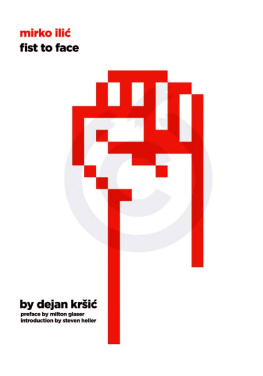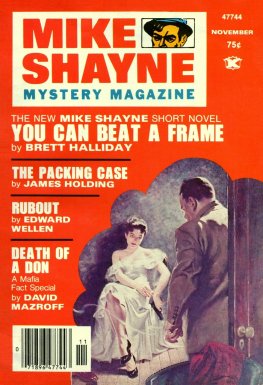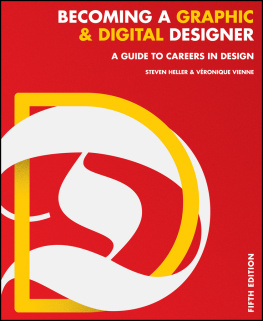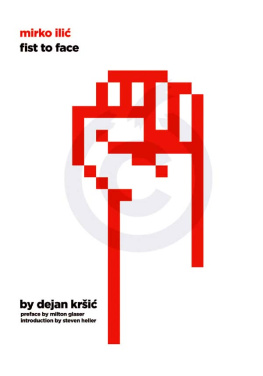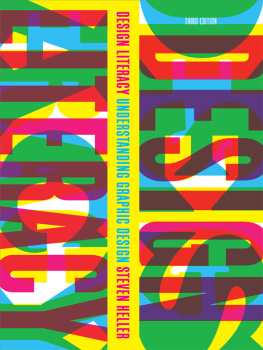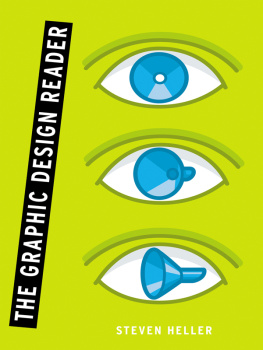mirko ilic
fist to face
by dejan kric
Horizontally and Vertically, Poletno. 67-68-69, May 22, 1978
Vesna Kesi: Is narcissism blossoming, Startno. 255, Zagreb, November 1, 1978
Worried labor force, Danas, no. 167, April 30, 1985, Studio SLS, photo: Luka Mjeda
Canada, Time International, June 18, 1990, ad: Rudolph Hoglund
All You Do Is Just Sit Down, The New York Times, op-ed, November 26, 1992, ad & d: MirkoIli, illustration: Milan Trenc
Impersonating an Officer, The New York Times Book Review, 2000, ad: Steven Heller
Nikes Power Game, The New York Times, op-ed, 2000, ad: Nicholas Blechman
A Crude Awakening, Stanford, November/December 2006, ad: Amy Shroads
Klansmen in the Cellar, The New York TimesBook Review, March 18, 2001, Ad: Steven Heller
The Letter R,Upper and Lower Case, 1992, ad: Milton Glaser, Walter Bernard, Illustration: Mirko Ili
Preface
By Milton Glaser
the work contained herein is frequently called political, which largely means it is dependent on the changing events of our time for its content. Most of us working under the rubric of professional design have limited or no control of the ideological attitude over the work we do. We are in the service of others.
In those random cases when our client shares our worldview, our most powerful ideas can be expressed. This is a rare but deeply desirable occasion.
One can write such introductions to visual books with the secure knowledge that any narrative will make it more difficult to understand what youre going to be looking at. So, consider this introduction merely an attempt to describe the odd character of Mirko Ili, a middle-aged man Ive been living close to for 26 years. He is a bristling, energetic personality whose dark aura of Eastern-Europeanness rarely leaves him. After chatting with Mirko you begin to believe that everything is a conspiracy. There are satisfactions in this view because it makes every event understandable. Every theory suggests its opposite as well. How else could this perpetual outsider have been working like a mad man all these years?
The self simultaneously seeks and avoids definition.
Mirkos skill and editorial persuasion are obvious. What separates him from much of the field is his commitment to the well-being of his audience. Very often, after a lecture, the question of a designers responsibility to others is raised. My usual answer to the question is the responsibility is the same as any good citizens. What is most evident in this book is the concern expressed by Mirko for the state of mind of his audience and his desire to increase their awareness.
Fervent belief is always risky, but if its opposite is indifference or detached professionalism, the risk may be worth taking.
Mirko Ili & Milton Glaser: The Design of Dissent, Rockport, 2005, cover design: Mirko Ili & Milton Glaser
Dark Genius, The New York Times Book Review, July 20, 1997, ad: Steven Heller
Introduction
By Steven Heller
Mirko Ili opened my eyes. Before him I had never met a Serbo-Croatian; didnt know where Yugoslavia was; had never savored Pljeskavica or evapii. That part of the world was entirely a blur. Thanks to him, Ive since traveled to Belgrade and Ljubljana; learned to pronounce Pljeskavica and evapii; studied the geopolitics, art, and culture of the region; and have even been asked to teach design at some of the art schools (who knew there even was design, and rather accomplished design at that, there?)simply because Ili told his Serb, Croat, and Slovenian colleagues to bring me over and treat me like a king.
Whatever Ili says, they do.
He might as well be called King Mirko. Although he has lived in New York for more than twenty years, he holds beneficent sway over his people in the design and illustration communities. He deserves their respect, too. His generosity of spirit and material is extraordinary. There is nothing he will not do to help young designers garner success. Mentorship? He rarely says no. Advice? He gives it freely, if opinionatedly, without expecting payback. Humor? Among people who have lived through Communist privation and ethnic warfare, his wit is infectious. Inspiration? Ive watched as hes packed scores of care packages filled with design books, posters, and other inspirational swagmuch of it bought with his own money. Did I say money? He contributes more than he can afford to significant causes.
These acts of goodness are not entirely selfless. He does ask for one thing in return. Honesty. Like Diogenes, who carries the lantern in search of an honest man, Ili seeks an honest cause and an honest client. He gives the proverbial one hundred and fifty percent to a job and demands as much honesty and respect in return. Ili has been known to fire those clients that, for whatever reason, do not rise to his standard of integrity. Which means those clients and colleagues who promise license but revoke it when his concepts do not conform to their preconceived visionor lack thereof.
Ili does not, however, find it painful to compromise if a better idea rises from the ashes of a rejected one. Yet he refuses to capitulate to rotten notions. And this has cost him dearly. Working in the service field of design, he knows how to communicate a message effectively. He can break through the visual and textual clutter and make cogent, even poignant, graphic messages. The examples in this volume shine with cogency, poignancy, and, most of all, surprise.

